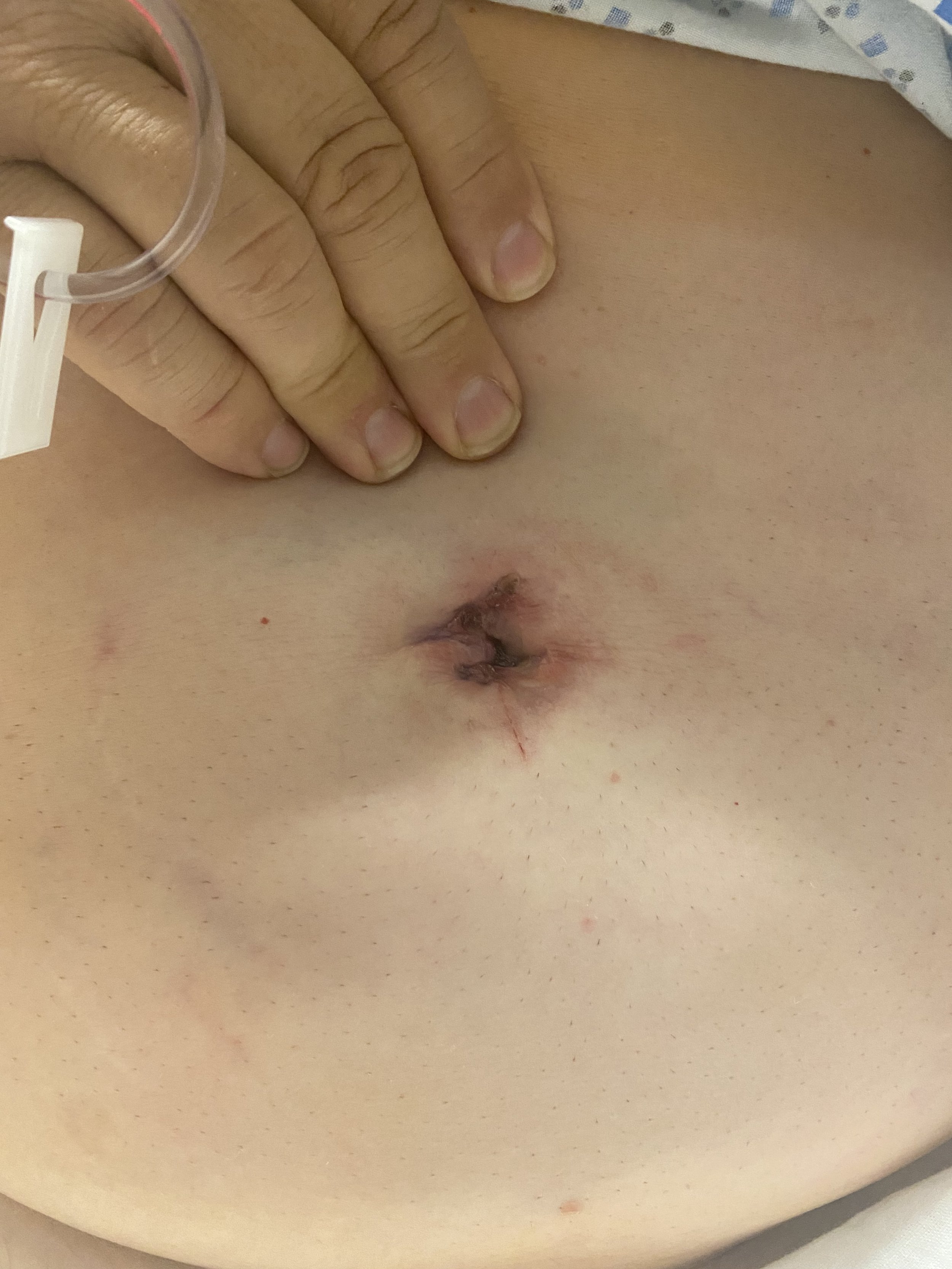The Least Invasive Surgery Possible
My first priority is to cure cancer, relieve urinary obstructions, and preserve vital urinary and sexual function through minimally invasive surgery.
For many, the best option is “multi-port” robotic surgery with the DaVinci Xi Robotic Platform.
For example, a standard nerve sparing robotic radical prostatectomy for prostate cancer is performed with 6 small incisions the size of a keyhole as seen below:
Another example of multiport…
Multiport Robotic Radical Prostatectomy
Single Port Robotic Radical Prostatectomy
Many of my patients are ideal candidates for “single-port” robotic surgery, which is even less invasive than multi-port robotic surgery. The entire cancerous
prostate is removed through a single one inch incision in the navel. I was the third surgeon to ever perform such surgery in 2008, making me one of the
most experienced single-site surgeons in the world.


















Single Port Transvesical Enucleation of Prostate (STEP)
When just the center of the prostate is removed for blockage (BPH) I can perform this through a single one-inch incision placed just under your waist/belt line.
This surgery is for large prostates >80-100 grams and is called a SINGLE-PORT SIMPLE PROSTATECTOMY.
I am one of only a few surgeons in the world pioneering the SINGLE-PORT TRANSVESICAL ENUCLEATION OF PROSTATE (STEP).

ROBOTIC SIMPLE PROSTATECTOMY (enucleation for BPH)

ROBOTIC SIMPLE PROSTATECTOMY (enucleation for BPH)

ROBOTIC SIMPLE PROSTATECTOMY (enucleation for BPH)

ROBOTIC SIMPLE PROSTATECTOMY (enucleation for BPH)


Multi Port Partial Nephrectomy
This is an example of the incisions I utilize for a “multi-port” robotic partial nephrectomy with the DaVinci Xi Robotic Platform. This surgery allows me to remove a cancerous kidney tumor while sparing the healthy kidney - just the tumor is removed through small incisions allowing patients to go home the next day, with minimal pain and rapid recovery.
Single Port Robotic Kidney Surgery Low Anterior Access (LAA)
Single port robotic surgery can be employed to remove kidney tumors. In this patient, I removed a 3.2 cm right-sided kidney tumor (image to the right) with “low anterior access” - a 3.5 cm incision above the hip (image to the left). This surgery not only results in one very small scar, but is “retroperitoneal”, meaning it avoids entry into the abdominal (peritoneal) cavity. This can help avoid complications in the abdomen, and delays in post-operative bowel function. It is also a great approach for patients with multiple prior abdominal surgeries, where there may be an excess of scar tissue.











